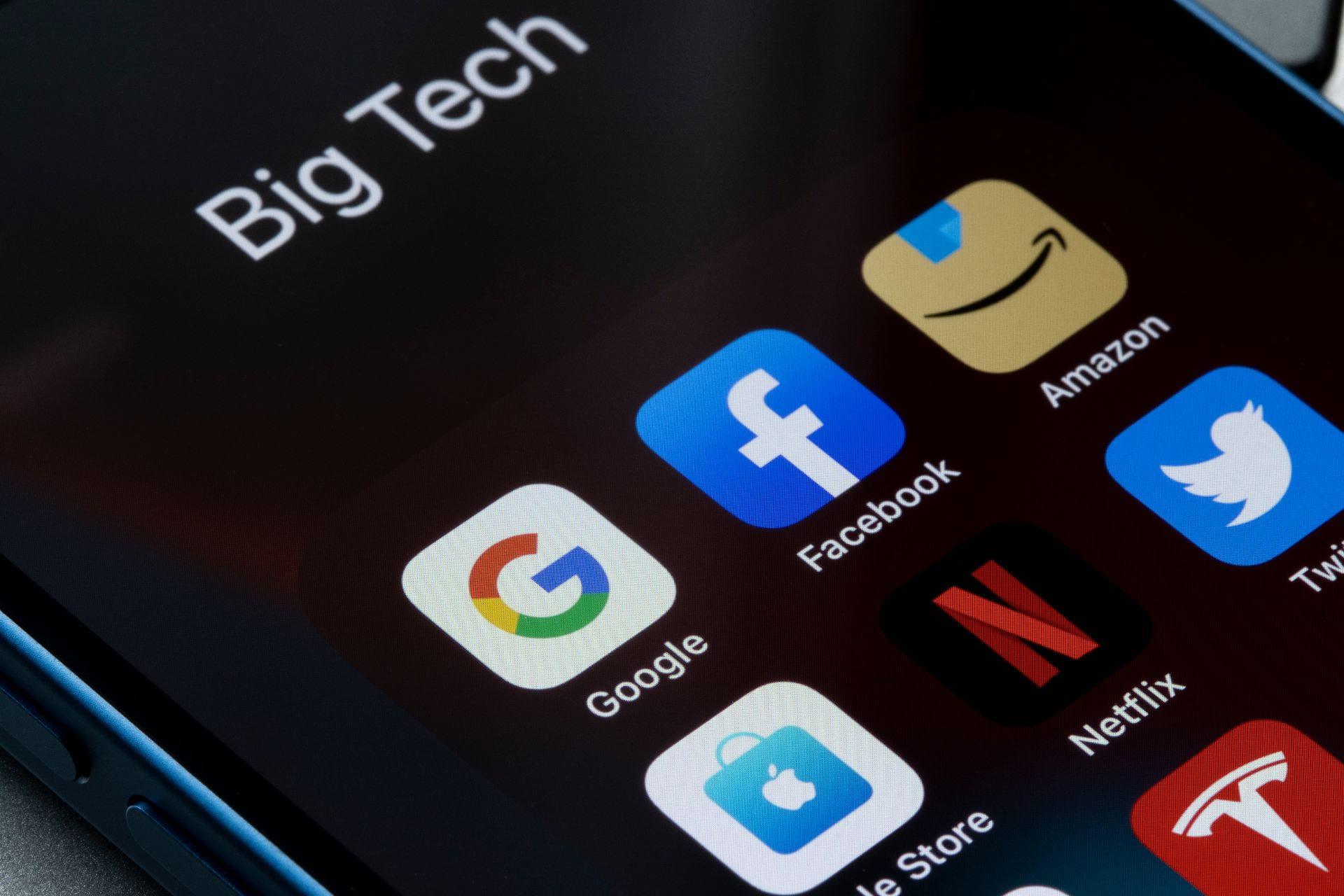The “shock” of intellectual property piracy leads large technology firms to innovate more, according to research from Assistant Professor of Strategy Wendy Bradley and co-author Julian Kolev of the U.S. Patent and Trademark Office.
Their research observes how technology companies altered their intellectual property (IP) portfolio strategies after a period of piracy motivated more diversified innovation strategies.
Bradley says their work is an interpretation of piracy: “We talk about piracy as a competitive shock.” The advent of this major piracy shock was the debut of BitTorrent in July 2001. BitTorrent was a widely embraced file-sharing technology that made it much easier to transfer large files and thus pirate software.
The authors look at how their IP portfolios differ in the period before the piracy event versus after — how firms change or protect IP via the instruments of patents, trademarks and copyrights. Patents are the longer, more arduous journey for firms. Copyright and trademark protections can be filed and obtained more quickly, though the value and level of protection may be lower than for patents. “After the shock, these firms that tend to file more patents began filing more copyrights and trademarks than in the past,” Bradley notes.
For firms that rely on software code, the IP protection arsenal offers a wide array of choices based on strategy, timing and value. Large firms — patent-heavy ones — may realize that they want to complement the value of their patents with copyrights and trademarks. “Piracy may weaken the value of patents and their enforceability, the value of which cannot be realized if work is being stolen,” Bradley explains. “A firm’s assessment of how to add value is being re-calibrated in the post- piracy shock period.”
Piracy is on the rise again, and BitTorrent activity is increasing. Even before the pandemic, piracy was increasing. Some believe piracy is a reaction to the boom of software subscriptions, or so-called subscription fatigue. “Subscriptions were a market-based solution to the piracy problem but now it’s creating other problems, including anti-competitive behavior. Consumers likely just stick with the dominant type of industry software, such as Microsoft Word for word processing, rather than branching out to try others, such as Google Docs. This lack of choice may be pushing consumers toward piracy, which forces firms to re-think the subscription model or lose market share.”
As long as more and more products are digital, piracy isn’t going away, says Bradley. “The big fear was that all piracy leads to massive sales loss and firm failure,” she says. “Our paper determines a resounding ‘not true.’”
The paper, “Software Piracy and IP Management Practices: Strategic Responses to Product-Market Imitation,” is under review.














